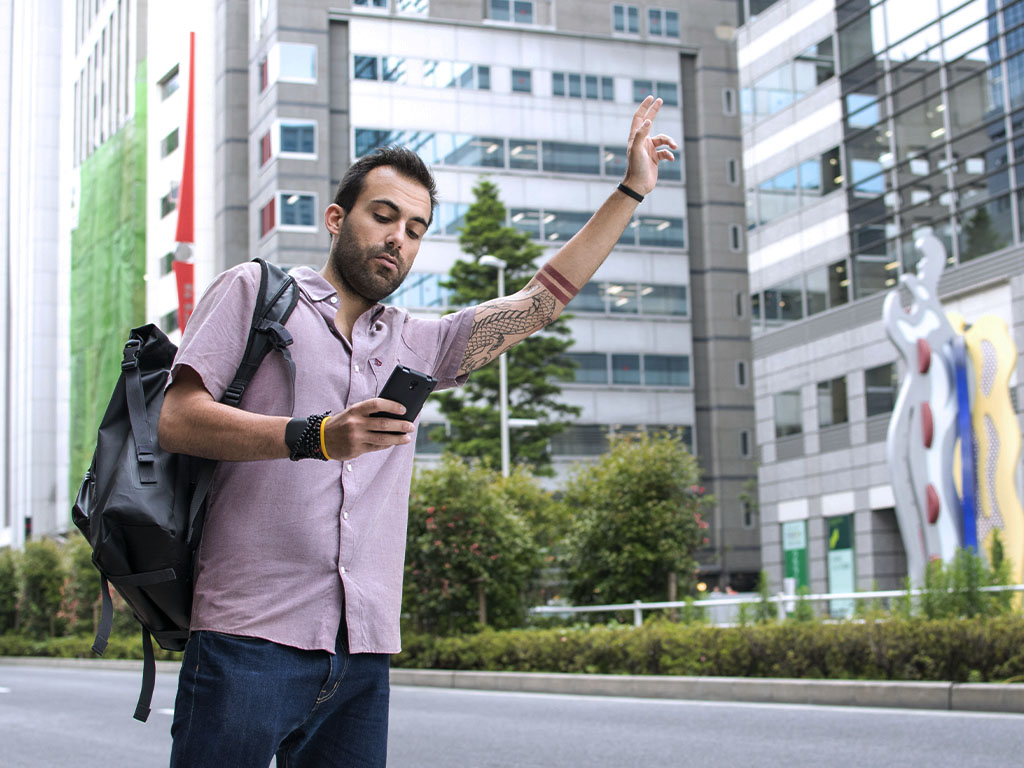From flight shopping to booking, to online check-in, the number of digital touchpoints an airline has with its customers have multiplied in recent years.
For the longest time, this data was primarily used for more operational and bookkeeping-type purposes, but with greater data gathering and streamlining comes a personalization opportunity that will change the way airlines do business. For instance, imagine how knowing passengers’ meal preferences before a flight can impact purchasing and inventory, or how frequent business flyers can be individually greeted and treated to their favorite drink and snack upon boarding.
Understanding how to interpret raw data and apply it to business practices, however, can be a long process and a sharp learning curve. This is where data analytics come in.
Here’s how airlines can — and are — leveraging analytics to create better passenger experiences before, during and after a flight.
Why Analytics Matter
Drawing on traveler data, whether through apps or embedded IFE systems, marks the beginning of creating better travel experiences. “You put a lot of these tools in the hands of the passengers, and they almost have a personal concierge that’s leveraging the data to give them personalized choices,” says Robin Hopper, SVP Product and Marketing at Guestlogix, an airline retail platform maker.
That experience has become known as the “Internet of Me,” which describes how our smart devices (Amazon’s Alexa and Apple TV, e.g.) can work together to understand the environments and the contexts in which we live, then use that data to create future personalized experiences.
This is no niche trend; according to various research, roughly 70–80 percent of consumers say they expect personalized service. However, according to a stats roundup by Evergage, the vast majority of those consumers say they will only engage with companies if their offers are customized to them.
In the airline context, analytics matter because it enables airlines to avoid indiscriminately spamming travelers with offers, but instead drawing on passengers’ habits in order to send offers they’ll actually want. Of course, those educated guesses are made smarter by more information; the more someone flies, the more data can be collected and the better their habits can be predicted and catered to.
So, where to begin?
In general, vast reams of data get collected online via forms, click trackers, algorithms and so on. Insights and patterns get extrapolated, increasingly by artificial intelligence, which can process unfathomably huge datasets.
When a person’s individual data is available, offers can get highly tailored. When a particular person’s data isn’t available — for instance, first-time customers — companies can use other individuals’ data to create personas. Then there’s also real-time usage; think of Amazon, which uses past purchases and recent views to assemble a highly personalized offering to customers.
Either way, personalization is an excellent way to generate greater revenues — although Hopper stresses that shouldn’t be the primary motivation for personalization, but rather a co-dependent one. “We want to do that in tandem with improving the passenger experience,” he says.

Here are some ways that can be done:
• Pre-Flight Application
Personalizing a travel experience can begin at the airport. If a passenger’s data has revealed that they’re a coffee lover, a companion app could seize an opportunity. “If you’re walking past a Starbucks, and you have airport information integrated into a companion app, you could push a discounted Starbucks coupon to passengers,” says Lisi Willner, a Product Marketing Manager at Panasonic Avionics. Or, imagine if the app knows a traveler has a six-hour layover. As they pass a business lounge, it could send a discounted offer to enter, enticing the traveler to enjoy a shower, free drinks or comfortable seating.
There are other opportunities too: Business-class upgrades, inflight food pre-orders or paying to board earlier. But the best use of analytics is to provide those personalized small, but impactful, touches with offers at the right time, which can greatly improve the mood of a passenger before they set foot on a plane.
• In-Flight Applications
Thanks to the ability to pair a phone or tablet with an IFE system, a personalized experience can begin as soon as passengers take their seats. Aside from receiving personal welcomes (including name and frequent-flyer status), enticing offers based on past choices could pop up. “We will be able to recommend purchases, food or movies based on what they’ve already been consuming during their flight,” says Chiaki Maeda, Product Marketing Manager at Panasonic Avionics.
For example, the IFE system or streaming app could emulate Netflix and prompt a traveler to continue a film they didn’t finish on a previous flight, or recommend a film like one previously enjoyed. If someone fits the profile of a traveler who enjoys wine and cheese on flights, they could receive a quick-and-easy chance to order on their screen.
It’s worth noting that all of this helps airlines too — not just with revenue, but with predictive inventory management. But it’s still always in service of passengers: Ensuring what they want and enjoy is there for them, and they’re more aware of it.
• Post-Flight Applications
The potential to impact the passenger experience still exists after deplaning. If your data indicates that the traveler hasn’t booked a hotel or rental car yet at their destination, appealing offers could be sent via mobile app. Offers could get more case-specific too, says Hopper of GuestLogix: “We could put a recommendation or a question out in front of you that says, ‘Did you remember to bring a power converter?’ and then sell one to you and have it delivered to your hotel.”
Access to a passenger’s itinerary can be leveraged in-app or with IFEC systems to ease the stress of missed flight connections. “They can offer proactive service recovery, and potentially rebook passengers on a new connecting flight,” says Willner. If that leads to an unexpected wait at an airport, travelers could be automatically offered a free food voucher for terminals sponsored by an individual airline. Easing the anxiety of those inconveniences can go a long way.
“You put a lot of these tools in the hands of the passengers, and they almost have a personal concierge that's leveraging the data to give them personalized choices,”
-Robin Hopper
SVP Product and Marketing at Guestlogix
The Future is Personalization
Considering how common the theft of personal info has become, it would be easy to assume people might be uncomfortable sharing their personal data with an airline. But the truth is passengers want personalized options driven by their data. In fact, 80 percent of people say they would happily provide more personal information if it meant greater benefits. In addition, IFEC systems and other technologies can be designed to only process — and not store — people’s identifiable information.
Airlines need to leverage analytics for personalized offers and experiences because customers expect it. “This is the way the world is going,” says Maeda. “The more we get used to having everything targeted and connected on the ground, the more we’ll want to make sure the same experience is being extended onto the aircraft.”



